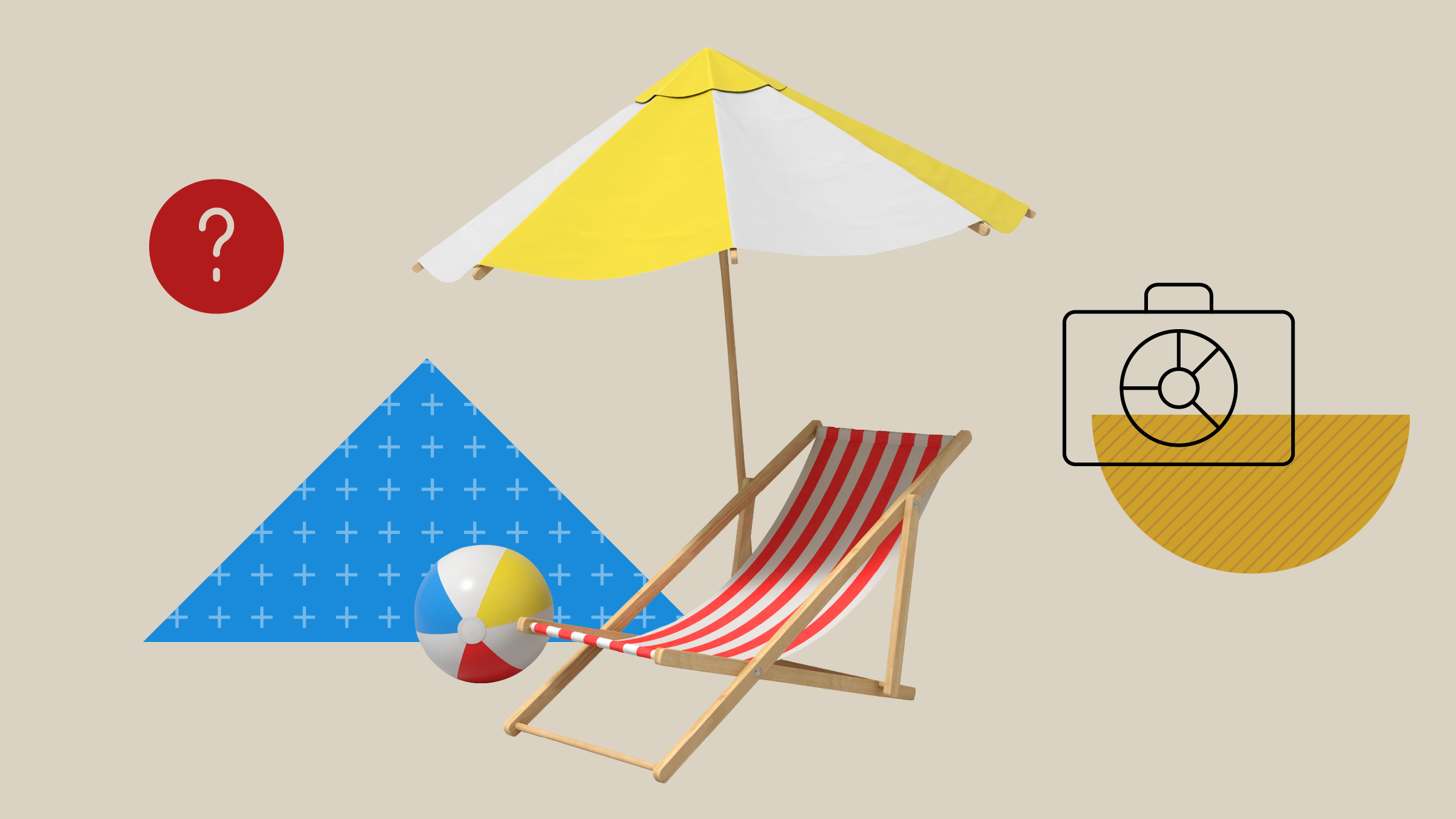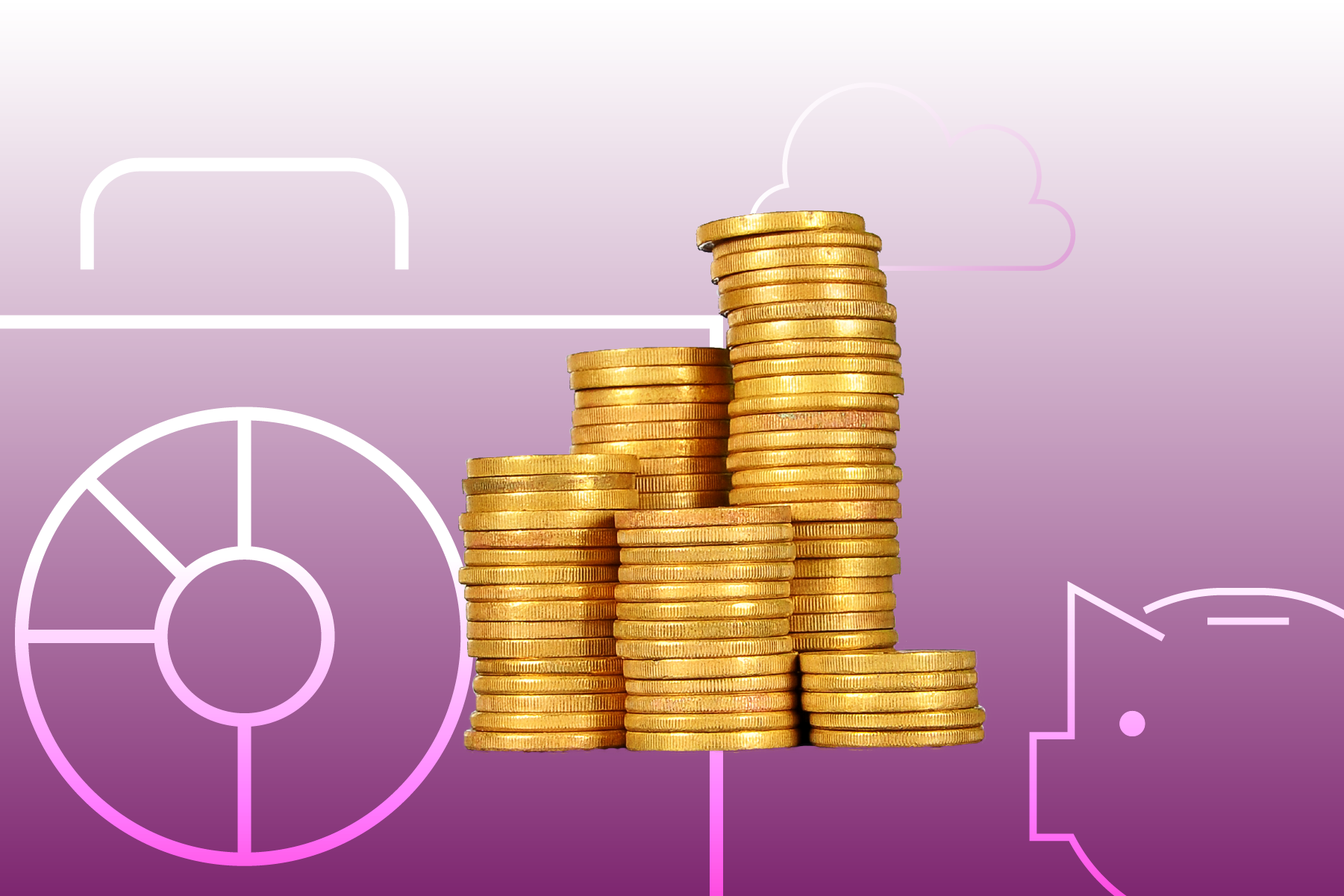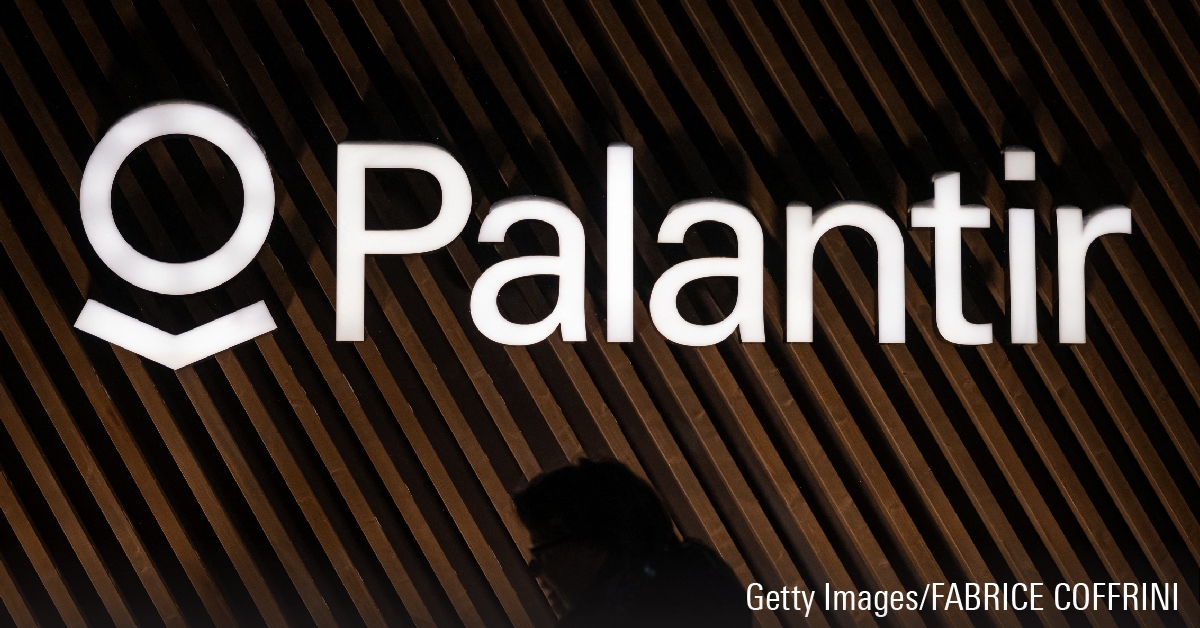Adverse economic data, low interest rates and heightened market volatility have little bearing on some sectors of the economy. One such sector is consumer staples, whose performance is tied to consumers' need for essential goods. This non-cyclical, defensive sector comprises a cluster of stable businesses in food, retail and beverage industries that tend to do well even through tough economic times.
The S&P 500 Consumer Staples Index returned an impressive 15.98% (in U.S. dollars) in 2014, while its Canadian counterpart returned an even more impressive 48.3% for the same period, according to Morningstar data. So far in 2015 the sector has been less spectacular, though still positive on both sides of the border. The year-to-date returns, as of Oct. 10, 2015, of the S&P 500 Consumer Staples Index and S&P/TSX Capped Consumer Staples Index stand at 2.32% and 9.56%, respectively.
Despite the recent surge, some consumer staples stocks continue to trade well below their fair value estimate, according to Morningstar equity research, creating some attractive buying opportunities:
| Loblaw Companies Ltd. | ||
| Ticker | L | |
| Current yield | 1.48% | |
| Forward P/E | 16.3 | |
| Price | US$67.01 | |
| Fair value | US$60 | |
| Data as of Oct. 8, 2015 | ||
Canada's largest food retailer, ![]() Loblaw (L) has established itself as a solid operator in a highly competitive grocery industry. Morningstar equity analyst Ken Perkins says Loblaw's acquisition of Shoppers Drug Mart, the country's largest retail pharmacy chain, should allow it to take on competition in a different area of goods and services. The company's other assets include President's Choice and No Name private-label brands. The number-one and number-two brands in Canada, respectively, these are more profitable than leading national brands and should help to drive traffic, adds Perkins. Loblaw's balance sheet is further strengthened by its apparel brand, Joe Fresh, and a newly created real estate investment trust, Choice Properties (CHP.UN).
Loblaw (L) has established itself as a solid operator in a highly competitive grocery industry. Morningstar equity analyst Ken Perkins says Loblaw's acquisition of Shoppers Drug Mart, the country's largest retail pharmacy chain, should allow it to take on competition in a different area of goods and services. The company's other assets include President's Choice and No Name private-label brands. The number-one and number-two brands in Canada, respectively, these are more profitable than leading national brands and should help to drive traffic, adds Perkins. Loblaw's balance sheet is further strengthened by its apparel brand, Joe Fresh, and a newly created real estate investment trust, Choice Properties (CHP.UN).
Morningstar research notes the addition of Shoppers could improve profitability and returns on invested capital, as the drug retailer's operating margins of around 8% are well above the 4% generated by Loblaw's core grocery business. The report projects the combined entity's gross profit margins at close to 28% in the long run, higher than Loblaw's historical three-year average of about 24%.
| Wal-Mart Stores Inc. | ||
| Ticker | WMT | |
| Current yield | 2.94% | |
| Forward P/E | 13.8 | |
| Price | US$66.67 | |
| Fair value | US$79 | |
| Data as of Oct. 8, 2015 | ||
![]() Wal-Mart Stores Inc. (WMT) is the largest retailer in the world with more than US$485 billion in annual global sales. The U.S. retailer has gained scale by operating on low cost, buying cheap and selling for less. Morningstar equity analyst Ken Perkins says Wal-Mart's scale allows it to operate efficiently in all areas of goods and services and defend its turf as competition intensifies. The firm has also been boosting its e-commerce capabilities and is expanding its reach by setting up smaller-format, grocery-and-pharmacy stores.
Wal-Mart Stores Inc. (WMT) is the largest retailer in the world with more than US$485 billion in annual global sales. The U.S. retailer has gained scale by operating on low cost, buying cheap and selling for less. Morningstar equity analyst Ken Perkins says Wal-Mart's scale allows it to operate efficiently in all areas of goods and services and defend its turf as competition intensifies. The firm has also been boosting its e-commerce capabilities and is expanding its reach by setting up smaller-format, grocery-and-pharmacy stores.
Morningstar analysis gives the retailer a wide economic moat, or large competitive advantage, based on its ability to negotiate the most favourable terms possible from consumer goods suppliers, vendors and manufacturers, thus garnering a cost advantage and a favourable consumer perception. Perkins places the stock's fair value estimate at US$79 -- considerably higher than its current value -- guided by Wal-Mart's 2016 price-to-earnings ratio of 17, free cash flow yield of around 5%, and 2%-3% total revenue growth over the medium to long term.
| Procter & Gamble Co. | ||
| Ticker | PG | |
| Current yield | 3.54% | |
| Forward P/E | 17.0 | |
| Price | US$73.52 | |
| Fair value | US$90 | |
| Data as of Oct. 8, 2015 | ||
The world's largest consumer products manufacturer, ![]() Procter & Gamble Co. (PG) is a valued partner for retailers because it owns many non-food brands on your monthly grocery list. Its portfolio includes dozens of household and personal-care products, including such leading names as Tide, Charmin, Pantene and Pampers. The business generates 60% of its total sales outside the United States, of which 40% come from emerging markets. Its return on invested capital has averaged more than 11% annually over the past 10 years, exceeding Morningstar's cost of capital estimate.
Procter & Gamble Co. (PG) is a valued partner for retailers because it owns many non-food brands on your monthly grocery list. Its portfolio includes dozens of household and personal-care products, including such leading names as Tide, Charmin, Pantene and Pampers. The business generates 60% of its total sales outside the United States, of which 40% come from emerging markets. Its return on invested capital has averaged more than 11% annually over the past 10 years, exceeding Morningstar's cost of capital estimate.
P&G has grown more nimble since last year's decision to shed around 100 brands -- more than half of its portfolio. Additionally, it's looking to save US$10 billion by trimming its workforce, localizing the sourcing raw materials and reducing manufacturing platforms.
Morningstar equity analyst Erin Lash expects the firm to continue to out-earn its cost of capital over the next 20 years, and its revenue to grow north of 4% for the long term. P&G's main competitive advantages include its significant clout with retailers, as well as its substantial cost advantage derived from its size and scale.
| Nestlé SA (ADR) | ||
| Ticker | NSRGY | |
| Current yield | 2.98% | |
| Forward P/E | 18.8 | |
| Price | US$76.66 | |
| Fair value | US$86 | |
| Data as of Oct. 8, 2015 | ||
More than 150 years old, ![]() Nestlé SA (NSRGY) is the world's largest food and beverage company by revenue. Its diverse range of products racks up more than US$92 billion in annual sales and includes Nescafé, Perrier, Boost and Häagen-Dazs, household names in nearly 200 countries. Nestlé's portfolio has more than 20 brands that each generates in excess of US$1.2 billion in annual sales. The company commands favourable shelf space at retailers and is able to charge premium prices for many of its products. Nestlé also owns just under 25% of French cosmetics company L'Oreal.
Nestlé SA (NSRGY) is the world's largest food and beverage company by revenue. Its diverse range of products racks up more than US$92 billion in annual sales and includes Nescafé, Perrier, Boost and Häagen-Dazs, household names in nearly 200 countries. Nestlé's portfolio has more than 20 brands that each generates in excess of US$1.2 billion in annual sales. The company commands favourable shelf space at retailers and is able to charge premium prices for many of its products. Nestlé also owns just under 25% of French cosmetics company L'Oreal.
Morningstar equity analyst Erin Lash recently hiked her fair value estimate for Nestlé's American Depositary Receipt (ADR) to US$86 from US$77 (US$80 for the core food and beverage business and US$6 for its L'Oreal stake). The report estimates long-term revenue growth of 4.7% -- slightly below management's 5%-6% target -- through 10 years, and forecasts net profit margins of 17.5% by the end of that period.
The maker of Kit Kat and Nestea enjoys a strong competitive advantage, or a wide moat, adds Lash, noting her assessment is based on Nestlé's expansive global distribution platform, diverse product portfolio and renewed focus on cost savings.
Complete access to Morningstar's research on equities, mutual funds and exchange-traded funds is available to subscribers to Morningstar Canada Premium.


















